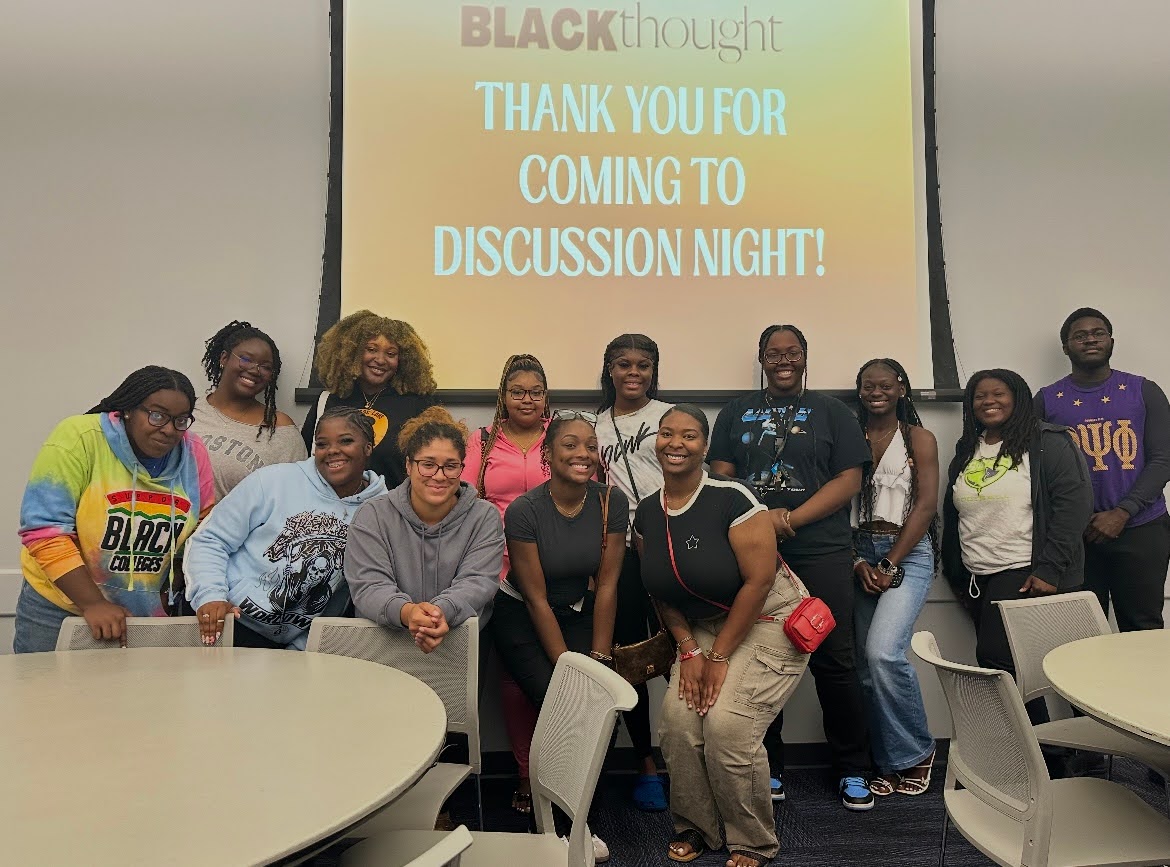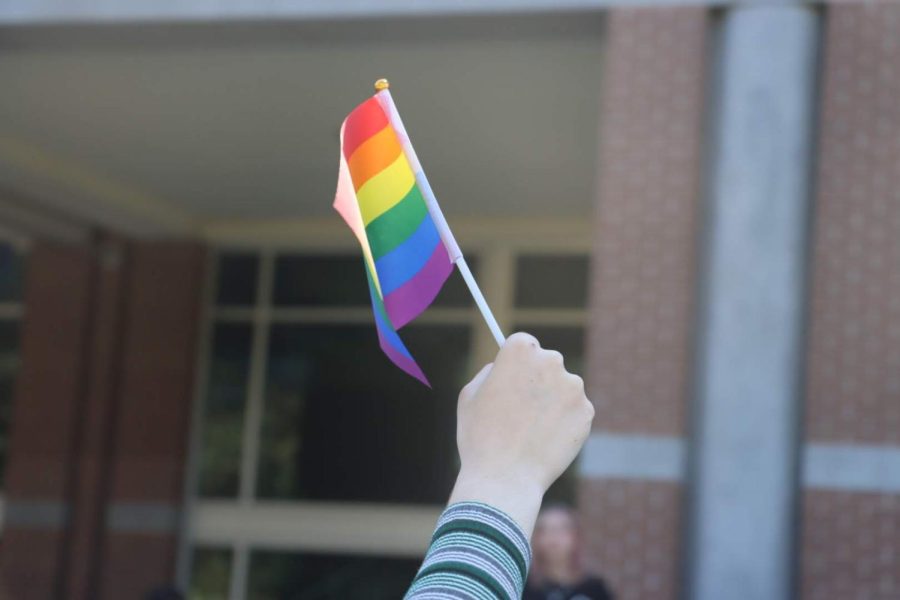Studies have shown that our generation is far more likely than other generations to suffer from anxiety and depression. This cannot be attributed to one singular source, but it is alarming for our future.
While we are experiencing more depression and anxiety than ever before, especially due to the pandemic, there are signs the future may be looking brighter for our generation.
According to the American Psychological Association, Gen Z and Millennials did experience more reported cases of stress and emotional issues, but they were also far more likely to report their symptoms, and seek qualified help for themselves.
One of the most common forms of routine help that many will use is an emotional support animal (ESA). ESA’s are not the same thing as service animals, as, according to the ADA, animals “whose sole function is to provide comfort or emotional support do not qualify as service animals”.

Photo by Michael Herrera
UNF has regulations, as Housing does not allow pets, but they do allow ESA’s. Many UNF students use ESA’s to help with their mental health.
An ESA needs only being present to provide comfort and support for their owner, and it doesn’t require extensive training like service dogs, so, in theory, any animal could qualify as an ESA. Some of the most common choices include snakes, lizards, and of course, cats and dogs.
This trend continues with UNF students. Spinnaker put up a question on Instagram, asking students about their ESA’s. Almost all respondents said that their ESA was a cat or a dog.
Anxiety and depression have become hallmarks of our generation, but we are willing to seek help, whether that be therapy, or emotional support animals.
If you want to seek qualified help, please reach out to the UNF Counseling Center.
___
For more information or news tips, or if you see an error in this story or have any compliments or concerns, contact editor@unfspinnaker.com.
















